U.S. Review
Better Numbers
- Nonfarm employment rebounded in January, with employers adding 49,000 jobs following the prior month’s 227,000-job drop. The annual revisions to the prior data provide a more accurate assessment of job losses during last spring’s lockdown, as well as the subsequent recovery. Job losses in March and April of last year were 202,000 jobs larger and the recovery has been slightly stronger. The unemployment rate fell to 6.3%.
- Manufacturing, construction and logistics continue to lead the recovery, which looks more like an old-school variety rebound. While the ISM manufacturing index declined in January, it remains relatively high at 58.7 and the ISM services survey rose to that same level. Both are consistent with strong economic growth. Severe supply-chain disruptions are bolstering both surveys. Nonfarm productivity plummeted 4.8% during the fourth quarter and unit labor cost surged 6.8%. Labor costs are likely to put pressure on operating margins this year, even though there is still considerable slack in the labor market.
Global Review
International Growth Outlook Still Mixed
- PMI data in China indicate renewed restrictions in small provinces outside of Beijing are having a modest impact on the Chinese economy. China’s economy is still outperforming, but prolonged lockdowns could introduce risks to the economy. Eurozone growth and inflation data beat expectations to the upside; however, these data should not be interpreted as the broader European economy recovering from COVID quite yet.
- The Reserve Bank of Australia’s monetary policy meeting this week yielded an ultra-dovish response as the central bank opted to double the size of its asset purchase program. Prior to the meeting, we were optimistic regarding Australia’s economic prospects, and with more bond buying to materialize, there are upside risks to our GDP forecasts.
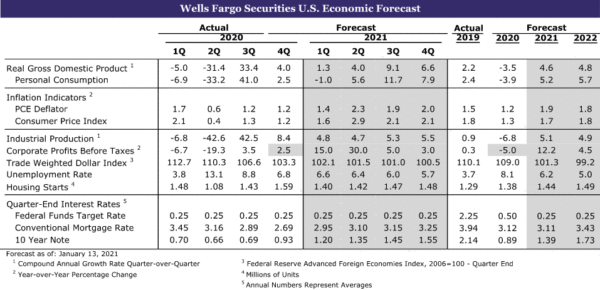
U.S. Review
Slight Better Numbers to Start the Year
While this morning’s 49,000-job rise in nonfarm payrolls came in below expectations, it still marked an improvement from the prior month’s 227,000-job decline. The consensus called for a 105,000-job gain. Our own forecast called for a more modest 60,000-job increase. The range of forecasts was unusually large this past month, because the January data include annual revisions to the past two years’ data. Those revisions showed the economy and labor market were stronger than previously thought prior to the pandemic and that the job losses during the March and April lockdown were nearly 202,000 deeper than first reported. The recovery was also modestly stronger, but the slowing over the past three months, which saw a resurgence in COVID infections and a pullback in economic engagement, was also more pronounced, with an average of just 29,000 jobs added per month since October.
January’s employment data often deal with huge seasonal payroll shifts in retail trade, couriers and messengers (delivery services), warehousing and storage, and private and public education. That was certainly the case this year, with the former three subtracting 68,900 jobs from the overall gain and the latter adding 119,400. Excluding these exaggerated seasonal swings, nonfarm payrolls would have declined slightly in January.
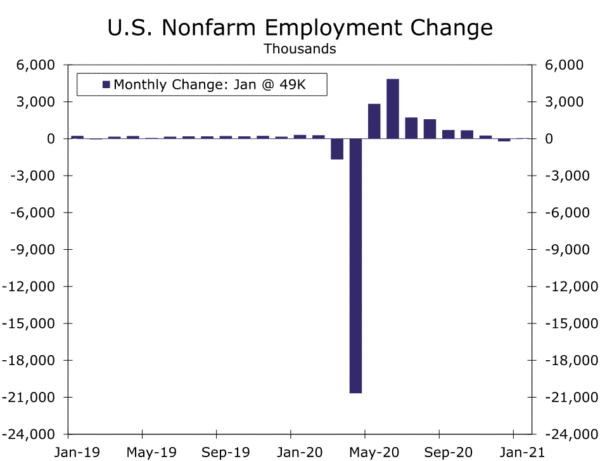
Restaurant Closures Continue to Weigh on Payrolls
The leisure & hospitality sector lost another 61,000 jobs in January, following a downwardly revised 536,000-job loss the prior month. The state employment data for December showed the bulk of those job losses were in California and New York, which had reinstated stringent restrictions on restaurants and bars to help curb the most recent spike in COVID infections. More recently, governors in both states have stated they intend to loosen these restrictions as COVID cases recede. The leisure & hospitality sector has been a persistent weak spot for the economy. We do not expect to see an enduring recovery take hold in this sector until vaccinations reach a point that consumers feel confident enough to venture out into the public more often.
There are a few bright spots, too. Employment in the technology sector continues to grow solidly. Employers in professional & technical services added 40,100 jobs in January, following a 60,700-job gain the prior month. Professional and technical services payrolls in California surpassed their prior peak in December, with much of the gain apparently coming from computers systems design and related services and scientific research and development.
Manufacturing and construction are two other notable bright spots. Both took a breather in January, with manufacturing payrolls dropping by 10,000 jobs and construction employment falling by 3,000 jobs. Manufacturers have added 803,000 jobs since April, but employment remains 582,000 below the February, pre-pandemic level.
Supply Chain Disruptions Create Some Short-Term Challenges
Reports this past week that General Motors would curtail motor vehicle assemblies at four plants due to the global shortage of semiconductor chips underscores the challenges manufacturers are facing due to widespread supply chain disruptions. Unprecedented congestion at the ports of Los Angeles and Long Beach, and most other major container ports, is unleashing havoc on much of the factory sector, as well as construction and many parts of the services sector. The impact of supply chain disruptions was evident in both ISM surveys this past month, with the supplier deliveries indices remaining exceptionally high and inventory measures remaining exceptionally low. Shortage of empty containers in Asia are a major stumbling block, as are trucks and warehouse capacity near ports in the United States. All areas of the logistics channel are being tested in ways rarely seen.
Supply chain issues are also driving up prices and leading to production cuts. Manufacturers are racing to find local suppliers to help offset higher costs and heightened uncertainty from sourcing overseas. This may ultimately produce a bit of tailwind for domestic manufacturers, but in the short run, there will likely be more pains than gains.
U.S. Outlook
NFIB Small Business Optimism • Monday
Next week begins with the January reading of small business confidence. The NFIB small business confidence index fell 5.5 points to 95.9 in December. Nine of the 10 components of the top-line index fell, led by a sizable decline in the share of business owners expecting the economy to improve over the next six months.The step back was likely owed to renewed operating restrictions brought on by the latest spike in COVID cases. Business owners appear to be concerned that stringent operating restrictions and weakening consumer spending will persist through at least the first half of 2021.
We do not forecast the NFIB on a month-to-month basis, but small business confidence may weaken further in the months ahead. As a group, small business owners are generally more politically active and tend to skew more Republican. The outcome of the presidential election likely diminished confidence in December, and the results of the Georgia elections as well as the unrest at the nation’s Capitol could bring another decline in January.
The outcome of the NFIB could provide an early signal on how the CPI, which will be released on Wednesday, performed during the month. Reports of rising labor and input costs as well as shortages of key components and finished products are becoming more commonplace. While the share of small businesses raising prices dipped slightly in December, plans to raise prices rose one point.
Previous: 95.9; Consensus: 97.0
CPI • Wednesday
During December, the headline CPI beat expectations and increased 0.4%. The monthly rise was largely owed to higher gasoline and food prices. That being said, the trend of muted price pressures remained largely intact as core inflation advanced a more tepid 0.1% during the month. On a year-over-year basis, headline CPI increased 1.4% and core CPI rose 1.6%. During January, we expect a 0.3% increase in headline CPI, which is slightly lower than the consensus forecast of 0.4%. Energy prices likely continued to firm during the month, but not to the same extent as in December. Similarly, food prices have been trending higher for the past few months, and some moderation is likely in the cards. Furthermore, downward pressure from softening shelter costs is likely to persist. Home price appreciation has taken off recently, but it will be months before the jump in home prices feeds into owners’ equivalent rent, which is the largest CPI component.
In terms of core CPI, we anticipate a 0.2% gain, which is congruent with market expectations. If core CPI were to surprise to the upside, talk of a sooner-than-expected shift in monetary policy is sure to heat up. Conversely, policy normalization chatter may be quelled in the event of a softer reading on core CPI. We remain of the belief that the FOMC will be not spooked by a temporary burst of inflation, and will instead look for signs that any rise in inflation is durable. Overall, we look for inflation to firm over 2021 alongside a surge in consumer spending in the second half of the year. We do not expect a sustained break-out, however. Consumers will likely shift spending back toward services as the economy opens more fully, but goods inflation appears set to cool down as supply chain frictions ease, which provides some offset to the effect of stronger inflation in discretionary services on core CPI.
Previous: 0.4%; Wells Fargo: 0.3%; Consensus: 0.4%
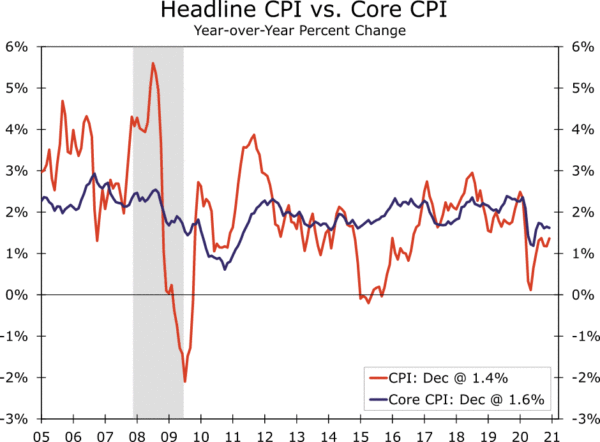
International Review
Local Restrictions Weigh on China PMIs
Over the past few weeks, headlines indicate China is managing new COVID outbreaks in multiple provinces outside of Beijing. These lockdowns are not as stringent as they were in early 2020, but nevertheless, mildly concerning given China’s prior ability to contain the virus. Local lockdown measures have been reimposed in these provinces, restricting mobility and activity for about 11 million people. In our view, these restrictions are not enough to significantly disrupt China’s economy; however, recent data suggest restrictions may be having a modest impact on the economy. This past weekend, the January manufacturing PMI slipped to 51.3 from 51.9, and the non-manufacturing PMI fell to 52.4 from 55.7. Although still in expansion territory, prolonged or more stringent lockdowns could have a material impact going forward. Despite the slip in PMIs, China’s economy is still an economic outperformer and will be the only major economy to record positive growth in 2020. We also expect China’s economy to grow significantly above trend in 2021.
Eurozone Growth and Inflation Sending Mixed Messages
Following a surge in economic activity in Q3, renewed COVID cases and lockdown measures took a toll on the Eurozone in Q4. As expected, the Eurozone economy entered a “double-dip” recession in Q4 as the economy contracted 0.7% on a quarter-over-quarter basis. While the economic decline in Q4 was less severe than we forecast, the outlook is still quite dim. Widespread restrictions are still in place and should disrupt economic activity in Q1-2021, especially in some of the larger Eurozone countries such as Germany, France and Spain. In our view, it is very likely the economy experiences another contraction in Q1. Despite a more resilient economy in Q4, we continue to believe the Eurozone will struggle to gather momentum and the economy will be restrained, at least in the short term.
As far as inflation, headline and core CPI jumped in January, although the rise should not be interpreted as an indication of sustained price growth across the Eurozone. Headline inflation rose 0.9% year over year, while core inflation picked up to 1.4% year over year in the first month of the year. As it relates to headline inflation, January data represent the first positive inflation reading in six months. However, the rise in headline and core inflation is mostly a technicality as tax cuts expired at the turn of the new year and energy prices rose sharply. Going forward, and likely starting in February, we expect inflation to trend lower and remain subdued for most of 2021. In our view, it will take a combination of a global as well as a local economic recovery in order for price growth to reach the ECB’s ideal 2%.
Reserve Bank of Australia Ultra-Dovish
This week, the Reserve Bank of Australia (RBA) met to assess monetary policy, with the key takeaway being a very dovish monetary policy announcement. In our view, the most notable action was the decision to double the size of its bond purchase program, which entails the purchases of bonds issued by the Australian government as well as states and territories. The RBA had previously announced an A$100 billion purchase in November, which was due to be completed in mid-April. Those bond purchases are in addition to the central bank’s previous purchases aimed at keeping three-year government bond yields close to the central bank’s target rate. With this week’s announcement, the RBA has doubled the size of its quantitative easing program by saying it will purchase an additional $100 billion of bonds once the current program concludes in April. Those additional purchases will be made at the current pace of around A$5 billion per week.
We believe the central bank has scope to continue along the quantitative easing path. In terms of balance sheet expansion and compared to some of its international peers, the size of the RBA’s balance sheet remains relatively modest at around 17% of GDP. We have an optimistic view on the Australian economy in 2021, and expanding the size of the RBA’s balance sheet gives us slightly more conviction in the economic recovery this year.
International Outlook
Brazil Inflation • Tuesday
For months now, inflation in Brazil has been on an upward trajectory. We can point to a weaker currency, lower policy rates and aggressive fiscal stimulus as the main reasons for the rise in prices. To put the rise in inflation in more context, December IPCA inflation, Brazil’s main measure of inflation, rose to 4.52% year over year, the highest since early 2019. In addition, actual inflation data has consistently risen above consensus estimates. While inflation is still within the Brazilian Central Bank’s (BCB) target range of 3.75% +/- 1.50%, the pace of price growth has caught the attention of the BCB. At its latest meeting, the BCB removed its forward guidance of policy rates being kept at current levels for the time being, while meeting minutes indicate policymakers explicitly discussed the possibility of rate hikes. In our view, rate hikes this year are a real possibility, especially if January inflation rises more than consensus estimates. We have forecast rate hikes in 2021 from the BCB for some time; however, we now believe the central bank will begin tightening monetary policy earlier than previously expected, given its recent signals to the market. A 25-bp rate hike at the March COPOM is likely, as is another 25-bp rate hike in June.
Previous: 4.52%; Consensus: 4.62% (Year-over-Year)
U.K. Q4 GDP • Wednesday
The U.K. economy has come under pressure from a renewed spread of COVID cases, including a new and more transmissible virus variant making its way through London and other parts of the country. Toward the end of 2020, Boris Johnson placed new restrictions nationwide across the U.K., which should weigh on economic activity and Q4 GDP. The effect of the renewed COVID spread and associated restrictions is apparent in data released over the last few weeks. December retail sales rose a slight 0.3% month over month, but only after a 4.1% slump in November. PMI data slumped in December and failed to recover much in January, with the composite PMI deep in contraction territory. Next week, Q4 GDP data will be released, and we forecast essentially no growth in the U.K. economy in the final quarter of 2020. A sluggish Q4 should mean the U.K. economy contracted the most relative to other developed countries. As of now, we forecast the U.K. economy declined over 10% in 2020, one of the only economies to see a double-digit contraction last year. The weakness in the U.K. economy continues to spark conversation around the idea of negative policy rates from the Bank of England. This week, BoE policymakers pushed back again on negative rates, but they did tell banks to take the next six months to begin preparations in case negative interest rates are warranted to support the economy.
Previous: 16.0%; Wells Fargo: 0.30%; Consensus: 0.5% (Quarter-over-Quarter, Not Annualized)
Central Bank of Mexico • Thursday
Next week, the Central Bank of Mexico will meet to assess monetary policy for the first time in 2021. For the past few meetings, the central bank has kept policy rates on hold despite the local economy underperforming relative to peer emerging market countries. Policymakers have routinely cited elevated inflation and a somewhat uncertain path for prices as rationale for holding rates steady and not easing monetary policy again. Prior to next week’s meeting, updated inflation data will be released, which should assist policymakers in their decision. Consensus estimates suggest a rise in inflation in January, which according to policymaker guidance, should keep rates on hold again next week. In addition, recent commentary from central bank voting members have been on the hawkish side, suggesting the central bank may not entertain another rate cut until at least April. As of now, consensus is calling for a 25-bp cut next week; however, we believe rates will remain on hold. In our view, policymakers will need to see a lengthier track record of low and stable inflation before easing monetary policy again. Should the central bank keep rates at 4.25%, expect the Mexican peso to rally in the immediate aftermath of the announcement and look for any additional forward guidance on the direction of interest rates in Mexico.
Previous: 16.0%; Wells Fargo: 4.25%; Consensus: 4.00%
Credit Market Insights
New Year Looks to Have an Old Trend
The January release of the Senior Loan Officer Opinion Survey (SLOOS) showed that banks’ willingness to lend has increased for a second quarter. A net 7.9% of respondents reported that they are more willing to make consumer installment loans, and while that may seem like a small share, it is vastly improved from October, when a net 41% of respondents declared they were less willing. The conditions under which banks’ will lend have remained more stringent for business loans than household loans. Banks’ standards for businesses have remained tight, with a net 5.5% of respondents tightening commercial & industrial (C&I) loans for large and medium firms, and a net 11.4% indicating tightening standards for small firms, which have been particularly hard-hit by the pandemic. After experiencing significant tightening throughout 2020, consumer loan standards finally saw patterns of easing in the fourth quarter. Just shy of a net 13% of respondents reported easing conditions for credit card loans, while a net 7% and 8.3% reported easing auto loans and other consumer loans, respectively.
While banks have made it more difficult to qualify for business loans, businesses have not been chomping at the bit to receive loans since the start of the pandemic, as shown by the four-quarter moving averages in our chart. Except for the GSE-eligible and CRE residential categories, business and real estate loans in the fourth quarter saw net decreases in demand across the board, as commercial real estate remains under pressure amid the pandemic. The household categories have also experienced dampened demand, as consumers are less likely to need extensions of credit when spending on services and travel is not as widespread or available as it was pre-pandemic.
Some concerns that banks mentioned in the expectations part of the report were the overall uncertainty shrouding the economic outlook, industry specific problems worsening and a lower appetite for risk. With a new political environment also comes new rules. Concerns over changes in legislation, supervisory actions and accounting standards were also top of mind. Respondents’ outlook for this coming year was more optimistic for household lending than business lending. The trend that the Q4-2020 data showed was expected to carry over into 2021, as overall tighter standards were predicted for business loans, while further easing of standards was expected for household loans. However, most banks expect loan demand to increase and loan performance to fall for most categories over the next year.
Topic of the Week
Vehicles Carry Price Momentum into 2021
Auto dealers did not have the wind at their back going into the pandemic. Sales had plateaued in September 2019 and did not materially improve in the winter months. As the pandemic took full force, we saw lower ridership on public transit and diminished interest in ride-sharing. Demand for motor vehicles & parts surged, and light vehicle sales rallied in the second half of last year. Sales continued to climb in January, increasing to a 16.6-million annualized pace.
Last year’s demand surge quickly drew down new-car inventory. Auto manufacturing essentially halted in the early days of the pandemic, as social distancing restrictions required factories to close, leaving dealers with relatively low inventories. Production quickly picked up last summer once factories reopened, but inventories have remained tight (down 12% year over year) as demand rebounded much faster than anticipated.
Supply-side constraints on production have likely fueled much of the vehicle price appreciation over the year. On the demand side, however, the pandemic’s uneven impact on white-collar workers and high-contact service jobs might explain some of the run-up in prices as well. White-collar workers were largely able to work from home and maintain their income, and the majority of jobs lost were in lower-paying, high-contact service industries. So, people who would typically buy a lower-price car were not buying at all, and the vehicles that were sold went to higher-income earners looking for more expensive cars.
Rising prices and limited supply in the new-car market likely pushed consumers into the used-car market. Used vehicle prices have skyrocketed as a result, and remain about 15% above their year-ago level. This is great news for auto dealers as profit margins have improved at a time when sales volume is down. Buyers looking for affordable used vehicles may struggle, but additional stimulus could provide a demand lift.
Looking ahead, we expect the pandemic’s supply chain disruptions to spillover into 2021. Although the vaccine rollout is gaining momentum, it will take some time for inventory to return to its pre-pandemic level, as capacity constraints and labor shortages continue to weigh on production, which could pull prices even higher. According to Edmunds, the average price of a new vehicle was $40,000 in the fourth quarter last year, the highest on record.

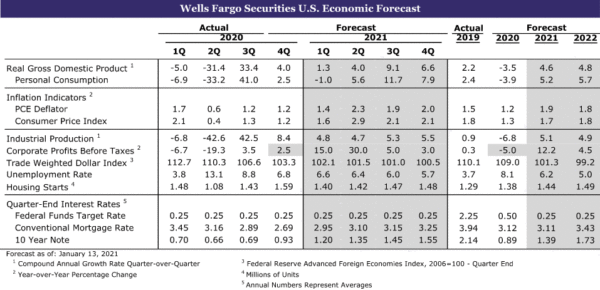
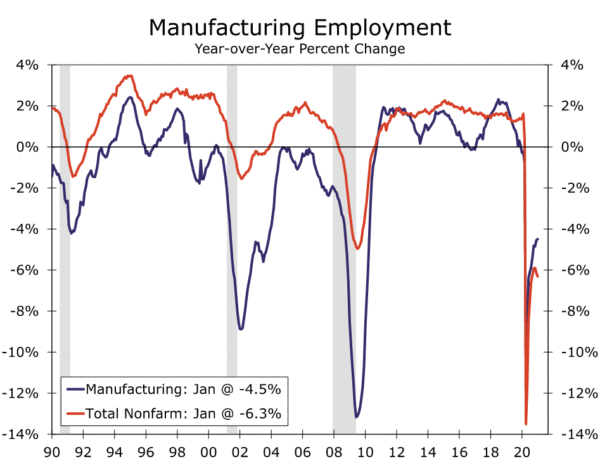
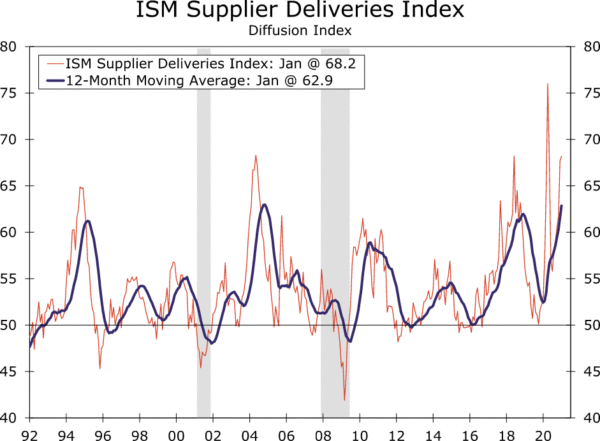
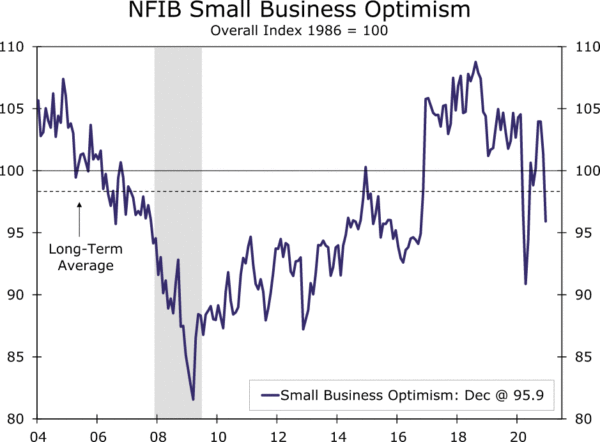
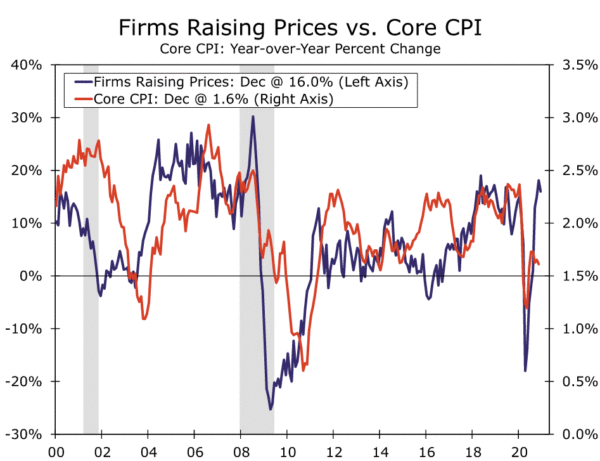
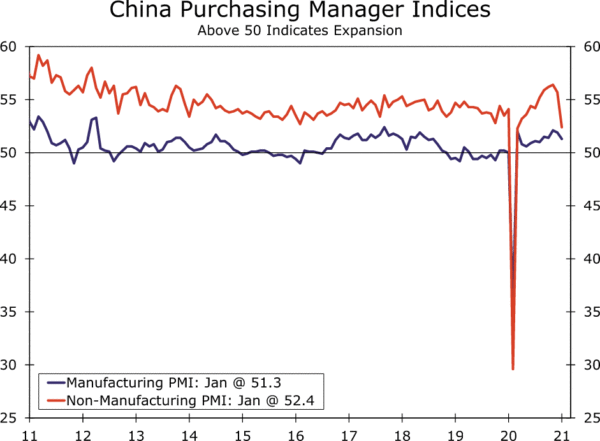
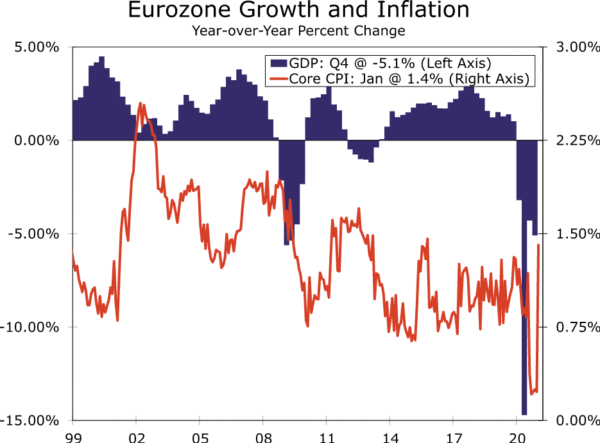
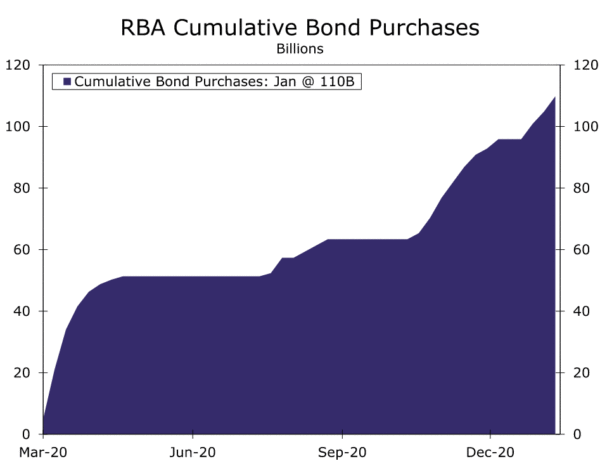
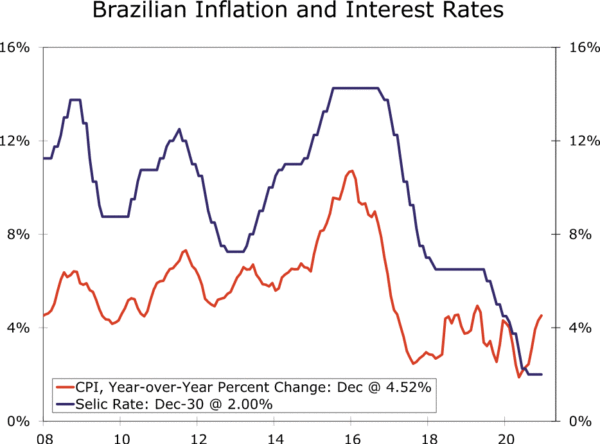
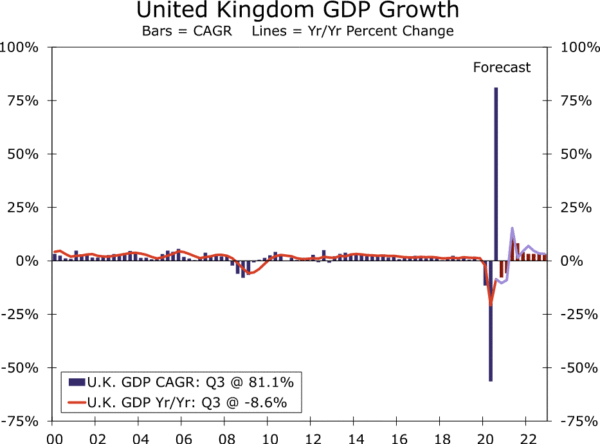
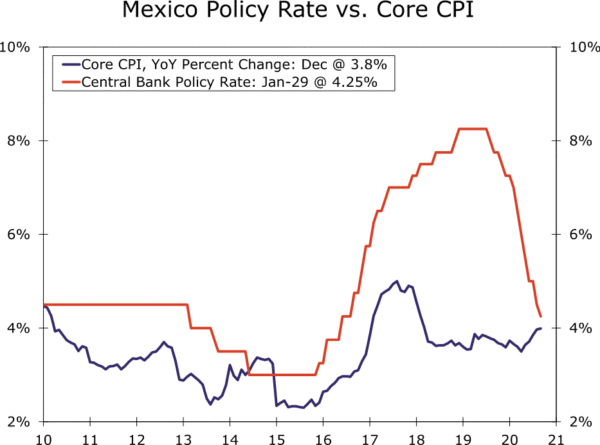
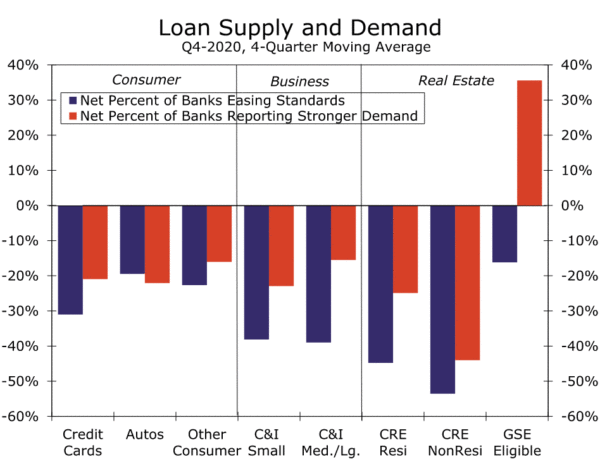
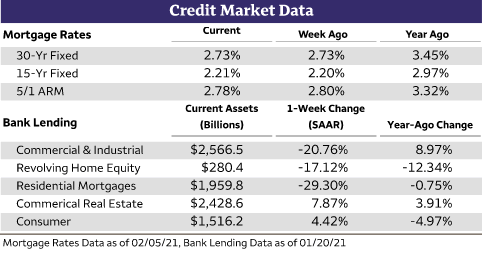
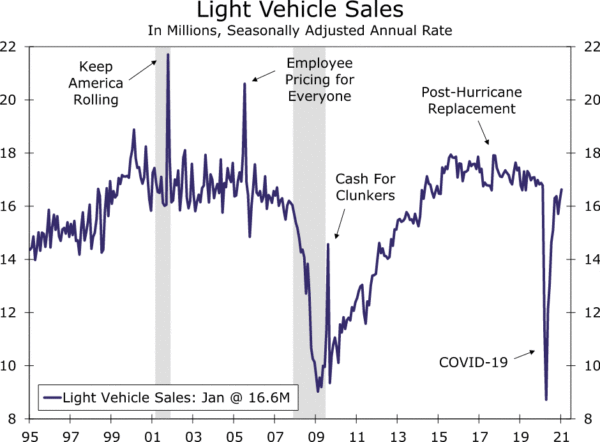
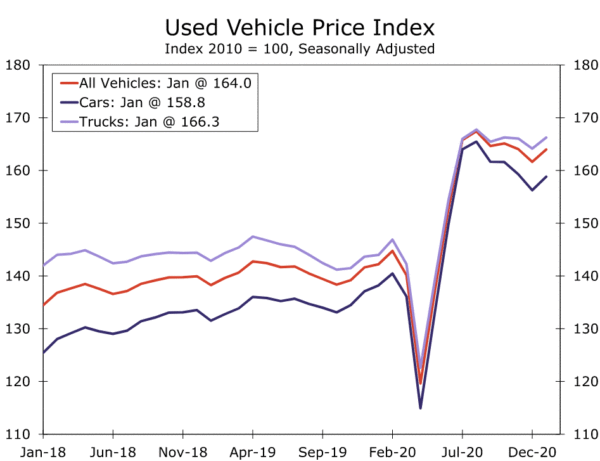
 Signal2forex.com - Best Forex robots and signals
Signal2forex.com - Best Forex robots and signals




